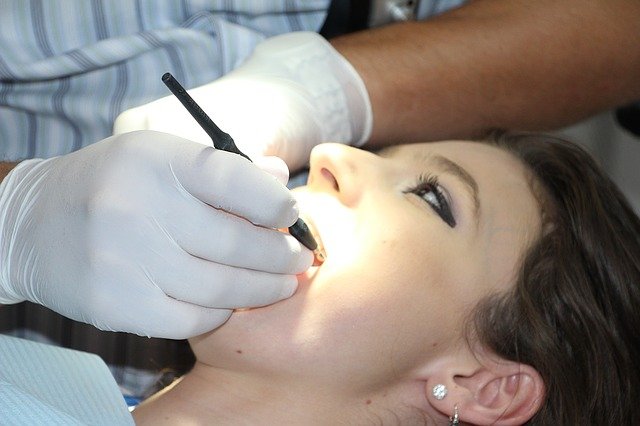How to Preserve Your Teeth with Tooth-Colored Fillings?
 Cavity fillings are one of the earliest and most conventional forms of restorative treatments for teeth damaged by decay. Tooth decay happens when acid caused by bacteria is left of the teeth and starts feeding on and destroying the enamel. As the decay progresses, acid starts to penetrate the dentin, the middle layer of the tooth. It starts to appear as a hole in the tooth, which will eventually cause pain, infection, and even tooth loss when left untreated. Read on to learn more about tooth decay and how you can preserve your teeth.
Cavity fillings are one of the earliest and most conventional forms of restorative treatments for teeth damaged by decay. Tooth decay happens when acid caused by bacteria is left of the teeth and starts feeding on and destroying the enamel. As the decay progresses, acid starts to penetrate the dentin, the middle layer of the tooth. It starts to appear as a hole in the tooth, which will eventually cause pain, infection, and even tooth loss when left untreated. Read on to learn more about tooth decay and how you can preserve your teeth.
What are Cavity Fillings?
Cavity fillings protect and preserve the remaining tooth by preventing the spread of decay. The procedure of applying dental fillings starts by numbing the area with an anesthetic before the decayed tooth material is removed. This is usually done with a dental drill or any precise instrument.
When the decayed parts of the affected tooth are removed, artificial material is used to fill the hole left by the removal process. Usually, this is followed by a quick curing process that hardens the material applied in the hole. A special light like UV is mostly used by dentists. This seals the tooth and prevents food and bacteria from getting into the hole.
Expect to feel some pressure under local anesthetic, but the whole process should be pain-free. If you have some anxiety or are nervous about getting a cavity filled, it might be necessary to sedate you for the procedure. Talk to your dentist about your options in alleviating any anxieties you might have about the upcoming dental procedure.
Kinds of Cavity Fillings
Several years ago, cavity fillings were made with just one material: metal. This material is still widely used today. Although they are durable and strong, metal fillings are gray in color, making them quite noticeable, especially if the filling is on a tooth located at the front of the mouth. Aesthetically, they really are not very pleasing. Good teeth are associated with happiness, success, and health, so noticeable dental work can give the opposite effect, which can make patients self-conscious.
Today, patients have a wide range of options when it comes to cavity-filling materials, including gold, porcelain, silver amalgam (a mixture of mercury mixed with copper, zinc, silver, and tin), and composite resin, which is the most popular solution that promises ultimate discretion.
What is Composite Resin Filling?
Composite fillings are made from a specialized mixture of highly durable dental materials. They also have the added benefit of being to color-match with your existing teeth. This makes it possible for them to perfectly blend into the affected tooth, so they are virtually invisible once they are cured in place. So when you smile, the people around you will not be able to tell that you have had a cavity filling.
Benefits of Tooth-Colored Fillings
There are many benefits to opting for tooth-colored resin fillings. First, they are the most discreet among the various materials available for cavity filling. They are also bonded to the teeth, so they are a stronger and more durable option for restoration. Finally, a lesser amount of your natural tooth will need to be removed to put a composite resin filling. This means that the natural strength of the tooth can be preserved better.
If you have tooth decay that requires treatment, or if you have had a filling that you want to be more discreet, tooth-colored fillings that are made from composite resin might be the perfect solution. Contact a dental professional in your area to discuss your options and find out more about how you can preserve your teeth even when you have had restorative dental work with tooth-colored fillings.





 |
|